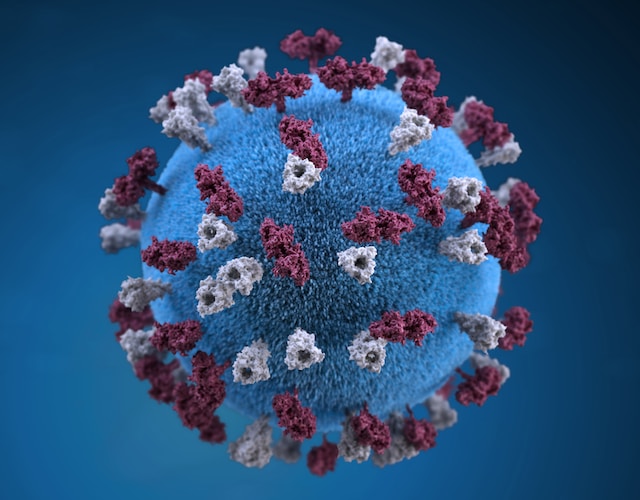Introduction: Fibroids, non-cancerous growths in the uterus, can cause significant discomfort and impact a person’s quality of life. While surgery is a common treatment option, there are several misconceptions surrounding fibroid removal procedures. In this article, we aim to debunk some of the prevailing myths about fibroid removal surgery, providing accurate information to help individuals make informed decisions about their healthcare.
I. Myth: Fibroid Removal Surgery Always Requires a Hysterectomy One of the most pervasive myths surrounding fibroid removal surgery is that it always involves a hysterectomy, which is the removal of the entire uterus. However, this is not true. While a hysterectomy may be necessary in some cases, there are less invasive procedures available that specifically target the fibroids while preserving the uterus. These procedures include myomectomy, uterine artery embolization (UAE), and focused ultrasound surgery (FUS).
II. Myth: Fibroid Removal Surgery Causes Infertility Another common myth is that undergoing fibroid removal surgery will inevitably lead to infertility. While it is true that certain surgical interventions, such as a hysterectomy, will result in the inability to conceive, other procedures like myomectomy are specifically designed to preserve fertility. Myomectomy involves removing the fibroids while leaving the uterus intact, allowing women to potentially conceive and carry a pregnancy to term.
III. Myth: Fibroid Removal Surgery Always Results in Recurrence There is a misconception that fibroid removal surgery is futile because fibroids will inevitably grow back. While fibroids can recur after surgery, the likelihood of recurrence depends on various factors such as the size and location of the fibroids, the surgical technique used, and individual characteristics. Advanced techniques, such as laparoscopic or robotic-assisted surgery, aim to remove fibroids more precisely and minimize the chances of recurrence.
IV. Myth: Fibroid Removal Surgery Is the Only Solution Many individuals believe that surgery is the only effective treatment for fibroids. While surgery can provide significant relief for symptomatic fibroids, there are alternative options available for managing symptoms and reducing the size of fibroids. These include medication to control symptoms, hormonal treatments, uterine artery embolization (UAE), and focused ultrasound surgery (FUS), which use non-invasive techniques to target and shrink fibroids.
V. Myth: Fibroid Removal Surgery Is Always Risky While any surgical procedure carries some inherent risks, advancements in medical technology and surgical techniques have significantly reduced the risks associated with fibroid removal surgery. Minimally invasive procedures, such as laparoscopic or robotic-assisted surgery, offer shorter recovery times, minimal scarring, and reduced risk of complications compared to traditional open surgery. It is important for individuals to discuss potential risks and benefits with their healthcare provider to make an informed decision.
Conclusion: Dispelling myths surrounding fibroid removal surgery is crucial in providing accurate information and empowering individuals to make well-informed decisions about their healthcare. Contrary to popular belief, not all fibroid removal surgeries require a hysterectomy, and many procedures are designed to preserve fertility. While there is a risk of recurrence, advancements in surgical techniques have reduced this likelihood. Additionally, alternative treatments and non-invasive procedures offer viable options for individuals seeking relief from fibroid symptoms. By understanding the facts and discussing individual circumstances with healthcare professionals, individuals can navigate their fibroid management journey with confidence and make choices that best suit their needs and goals.




